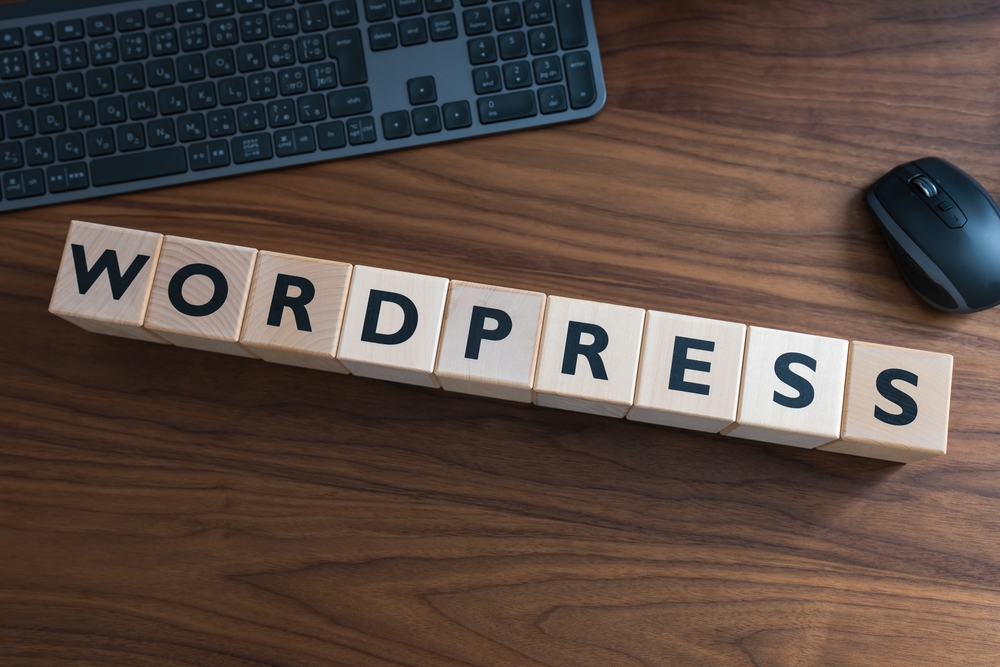
WordPress has become the go-to platform for website creation, allowing users to customize their online presence easily. With its intuitive interface and extensive range of plugins and themes, WordPress offers endless possibilities for customization. However, maintaining a WordPress website requires more than just setting it up. To ensure a seamless user experience and enhance your website's performance, it's vital to master certain tips and tricks. In this article, we'll explore some essential techniques for WordPress website customization and provide you with expert advice for smooth maintenance.
1. Choose a Reliable Theme
One of the most critical aspects of WordPress (or WP) website customization is selecting a reliable theme. A theme defines the overall look and feel of your website, and it's essential to choose one that aligns with your brand identity and target audience. When selecting a theme, consider its responsiveness, page load speed, and compatibility with plugins.
Avoid overwhelming your website with complex and heavy themes that might hinder performance. Instead, opt for lightweight themes that prioritize speed and responsiveness. Additionally, choose a theme that receives regular updates and provides excellent customer support to ensure ongoing compatibility and maintenance.
2. Leverage Plugins for Enhanced Functionality
Plugins are a powerful tool for customizing your WordPress (the blogging platform) website to suit your specific needs. Whether you want to add a contact form, optimize your website for search engines, or improve its security, there's a plugin available for almost every functionality you can imagine.
However, it's crucial to exercise caution when choosing and managing plugins. Installing too many plugins can slow down your website and increase the risk of compatibility issues. Regularly review your installed plugins and remove any that are unnecessary or unused. Additionally, keep your plugins updated to ensure they remain secure and compatible with the latest version of WordPress (the platform for bloggers) .
3. Optimize Your Website for Speed
Website speed is a critical factor that directly impacts user experience and search engine rankings. Slow-loading websites can discourage visitors and lead to higher bounce rates. Hence, it's crucial to optimize your WordPress (WP) website for speed.
Begin by choosing a reliable hosting provider that offers sufficient resources to handle your website's traffic. Additionally, compress and optimize images to reduce their file size without compromising quality. Implement caching plugins to store static versions of your website and minimize server requests. Finally, regularly monitor your website's performance using tools like Google PageSpeed Insights to identify areas for improvement.
4. Regularly Back Up Your Website
Keeping regular backups of your WordPress website is crucial for efficient maintenance and disaster recovery. Backups allow you to quickly restore your website in case of data loss, hacking, or plugin conflicts.
Several plugins and services offer automatic backups, allowing you to schedule regular backups without manual intervention. Consider using a cloud storage service to store your backups securely. Additionally, test the restoration process periodically to ensure all data can be successfully recovered when needed.
5. Stay Updated with the Latest WordPress Version
WordPress releases regular updates to enhance functionality, security, and performance. It's vital to stay updated with the latest WordPress version to leverage these improvements and ensure the smooth operation of your website.
Before updating, it's essential to back up your website to avoid data loss in case any compatibility issues arise. Additionally, keep your themes and plugins updated to ensure they are compatible with the latest WordPress version.
Frequently Asked Questions
1. Can I customize the appearance of my WordPress website?
Yes, WordPress offers a wide range of customization options. You can choose from various themes, modify colors, fonts, and layout, and add custom CSS code to achieve your desired appearance.
2. How many plugins are too many?
While there is no definite number, it's recommended to limit plugins to those essential for your website's functionality. Each installed plugin adds to the website's load time, so it's crucial to strike a balance between functionality and performance.
3. Can I switch themes after customizing my website?
Yes, switching themes is possible. However, it's essential to ensure that the new theme is compatible with your existing content and plugins. Before making the switch, create a backup and test the new theme on a staging site or locally to avoid any disruption to your live website.
4. How often should I back up my website?
It's recommended to back up your website regularly, especially before making any significant changes or updates. The frequency of backups depends on how frequently you update your website's content. For most users, a weekly backup is usually sufficient.
5. Do I need to hire a developer to maintain my WordPress website?
While hiring a developer can be beneficial, many website owners successfully maintain their WordPress websites without professional help. With a good understanding of WordPress and regular maintenance practices, you can efficiently manage your website and handle any issues that arise.
Customizing and maintaining a WordPress website doesn't have to be daunting. By following these tips and tricks, you can ensure a seamless user experience, optimize your website's performance, and streamline its maintenance. Remember to prioritize reliability, speed, and security to create a website that stands out and achieves your goals.
Other useful resources
- https://www.wordpress24plus.com/wordpress-tools-directory/
- https://www.wordpress24plus.com
- https://www.wordpress24plus.com/wordpress-tools-directory/wordpress-themes/